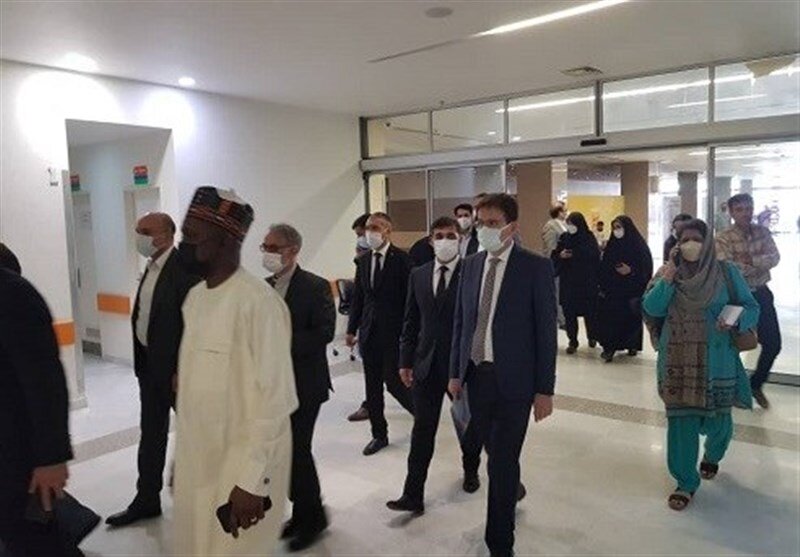Mashhad sees a 2.5-fold increase in its medical tourism revenues

TEHRAN – Mashhad has seen a staggering 2.5-fold increase in revenue from medical tourism in the northeastern Iranian city.
In an interview with ISNA, Davood Khosh-shekan, who presides over the Medical Tourism Department at Mashhad University of Medical Sciences, said medical tourism revenues in Mashhad gained a 2.5-fold year-on-year increase during the first nine months of the current Iranian year (started on March 21, 2023).
Khosh-shekan on Tuesday revealed that 51,374 patients from foreign countries sought medical care in Mashhad during this period, marking a remarkable 17% growth compared to the same period last year (1401).
He noted that the peak seasons for medical tourism in Mashhad typically occur during the summer and winter. Undoubtedly, the Nowruz holidays are expected to have a significant impact on the influx of health tourists.
Speaking about the revenue generated from medical tourism in Mashhad, he highlighted a remarkable achievement. “The city has garnered some 636 billion tomans ($12.7 million) from the arrival of these health tourists, showcasing a 2.5-fold increase from the previous year.”
“Out of this sum, 412 billion tomans ($82.5 million) contributed to the private sector, while the government sector saw an income of over 220 billion tomans ($4.5 million).”
Elsewhere in his remarks, the official stated that out of the total visitors, more than 19,000 patients received outpatient treatment, while over 28,000 were admitted to hospitals.
Explaining the fee structure for health tourists, Khosh-shekan clarified that government facilities are restricted from receiving payments outside the national currency. However, private facilities have the flexibility to charge fees in foreign currencies.
Highlighting the prevalent medical conditions among health tourists, Khosh-shekan identified orthopedic and trauma cases, women's health and maternity, ophthalmological issues, cardiovascular diseases, and urological conditions as the most common.
Khosh-shekan concluded by noting that this year, health tourists visited Mashhad from 86 different countries. Afghanistan, Iraq, Turkmenistan, Bahrain, Tajikistan, and Pakistan were among the top countries contributing to the highest number of medical tourists to Mashhad.
Iran was ranked 46th destination for medical tourism [within the 2020-2021 Medical Tourism Index]. According to available data, patients from neighboring countries, including Iraq, Afghanistan, Pakistan, Oman, Bahrain, Armenia, and Tajikistan, constitute the lion’s share of medical tourists arriving in the Islamic Republic.
Experts say medical tourism in Iran is a win-win opportunity both for the country and foreign patients, as they are offered affordable yet quality treatment services and the country gains considerable foreign currency.
The Islamic Republic is branded globally as an affordable destination for health and medical tourism. Credible surgeons and physicians, cutting-edge medical technologies, high-tech medicine and diverse specializations, affordable procedures, and finally, its hospitable people, are considered Iran’s trump card when it comes to medical tourism.
AFM
